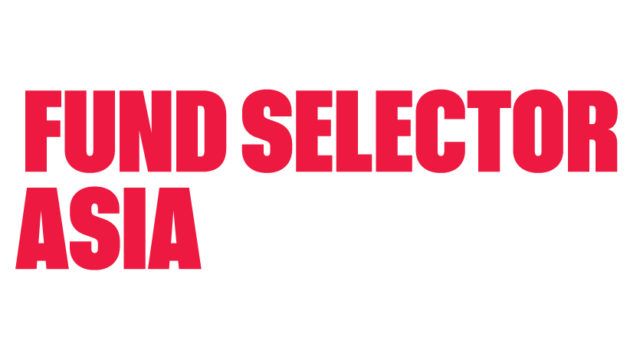In the first stage, a total of 222 large-cap stocks listed in Shanghai or Shenzhen will be included in the MSCI Emerging Markets Index from May 2018. Together the stocks equal a 0.73% weighting.
The percentage roughly translates to $17bn of inflows into A-shares, based on the amount of money currently tracking the MSCI EM index, according to the index provider.
These A-shares will also be included in the MSCI All Country World Index (ACWI) with a 0.1% weighting, and MSCI Asia ex-Japan Index with a 0.83% weighting.
“The expansion of Stock Connect has been a game changer for the market opening of China A-shares,” said Remy Briand, MSCI managing director and chairman of the MSCI index policy committee, in a statement.
The trading suspensions have improved, while the Chinese stock exchanges have also loosened the restriction to pre-approve the creation of relevant index-linked investment products globally, the firm added.
“From the investment community there has been overwhelming positive feedback on the development [of A-share markets] by the Chinese regulators over the years,” Sebastien Lieblich, global head of index management research, said in a media briefing.
The number of eligible stocks is higher than the 169 stocks proposed earlier because many institutional investors consulted by MSCI “recommended that MSCI include China A-large cap shares of companies that already have H-share equivalents in the MSCI China Index”, the index provider said.
More to come?
Still, the universe is much smaller than the past three annual reviews when the MSCI declined proposals to include 448 A-shares on the EM index.
According to MSCI’s roadmap on the inclusion of China’s A-shares released in April last year, the ultimate weighting of A-shares could reach 18.8% of the MSCI EM Index. In total, including H-shares in Hong Kong and Chinese companies listed in the US and other regions, China would then have a nearly 40% weighting in the index. Currently the weighting is 28.6%.
Lieblich did not give a timeline and criteria for further inclusion of A-shares, which could involve mid-cap stocks. “It is in the hands of the Chinese stakeholders and we will consult the market participants based on the pace of development.”
Factors to consider include a greater alignment of the China A shares market with international market accessibility standards, the resilience of Stock Connect, the relaxation of daily trading limits, continued progress on trading suspensions, and further loosening of restrictions on the creation of index-linked investment vehicles, the firm said.
“The Chinese capital market will certainly open up more to welcome overseas investors,” the China Securities Regulatory Commission wrote in a Wechat post, adding that it appreciated the decision.
Long-term impact
Fund managers largely expected no meaningful inflows into the A-share market in the coming year, although some had positioned strategically in A-shares ahead of the inclusion, as reported earlier.
Since March, A-shares eligible for the index inclusion have outperformed the mainland benchmark by 11% on average, meaning the inclusion had been priced in by the market, said Karine Hirn, partner at East Capital.
Attention is now on the long-term impact on China’s stock markets and the prospect of Chinese equities eventually treated as a separate asset class.
“Conservatively speaking, we think the full inclusion will still take 5-10 years, depending on the progress of China’s capital markets liberalisation,” Robeco’s China CIO and Asia-Pacific head Victoria Mio wrote in a research note.
“If reforms progress is faster than currently anticipated, we are likely to see significant increase of inclusion factor in 3-5 years, similar to the case of Korea market.”

















